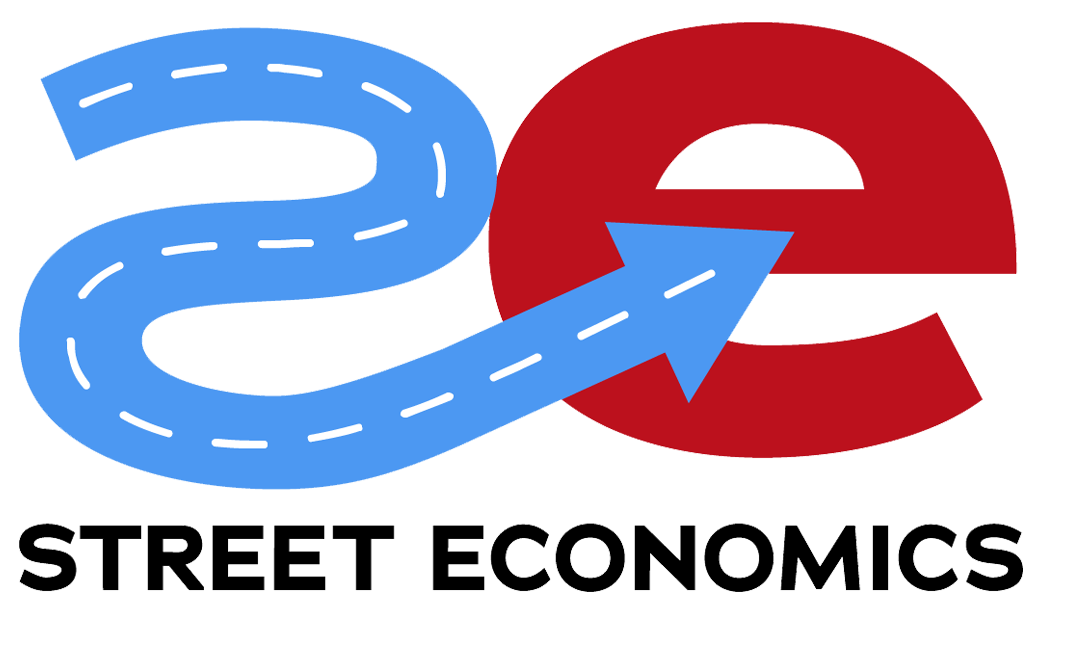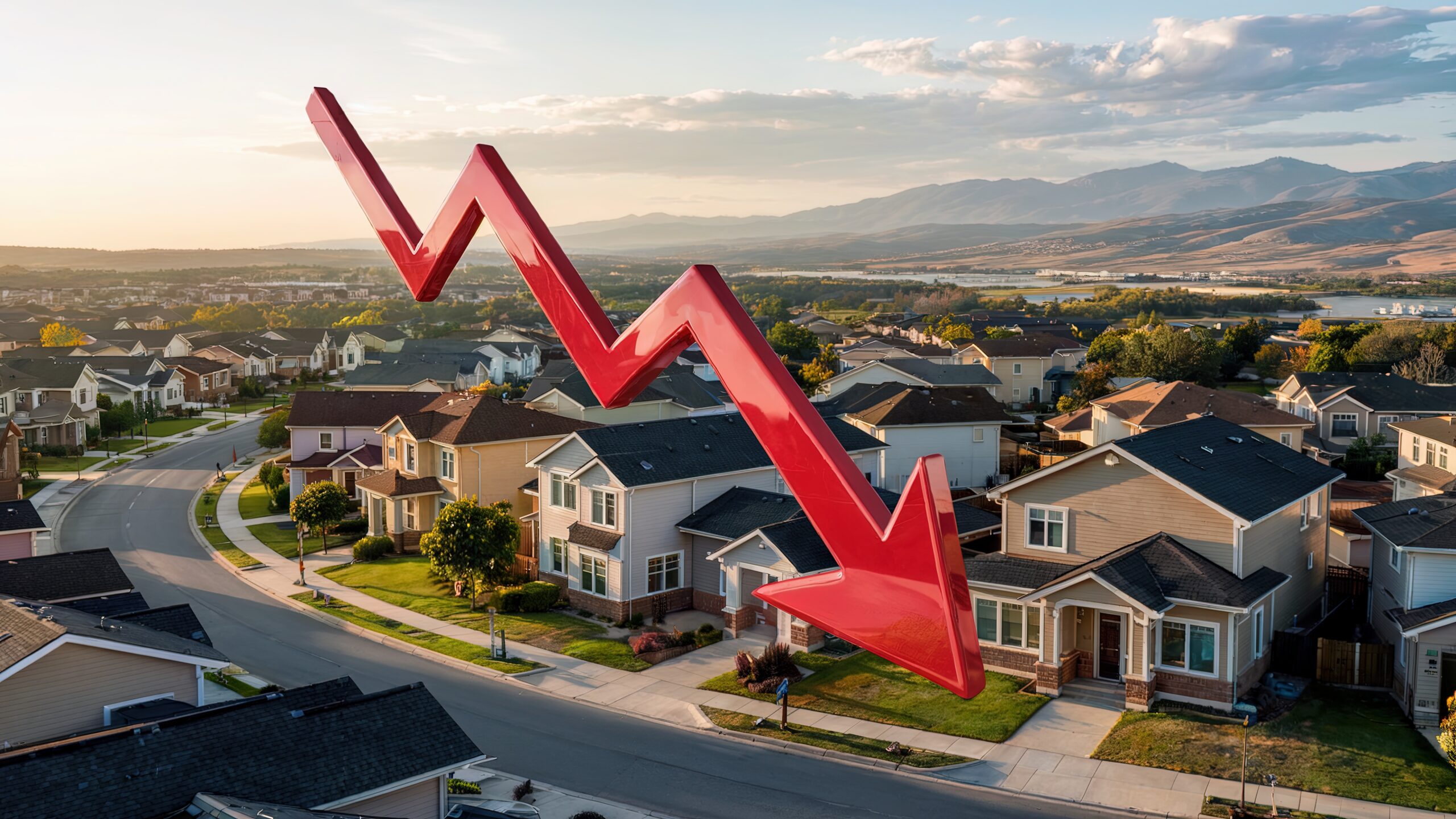Good morning, Drama Queens
BusinessFlare Take
NEW REAL-ESTATE MATH: HALF A MILLION MORE SELLERS THAN BUYERS The housing market has shifted from the pandemic’s artificial scarcity to a seller’s nightmare, with 500,000 more homes listed (including me) than there are qualified buyers willing to purchase them. This fundamental supply-demand imbalance reveals what cities should have been planning for all along: the inevitable correction of a market distorted by federal monetary policy and local zoning restrictions. Communities that spent the last four years celebrating rising property values as a sign of economic development success are now facing the reality that inflated housing costs drive away the workforce businesses need to operate. Smart cities are already pivoting from restrictive zoning, designed to limit supply, to policies that encourage market-driven creation of diverse housing types at price points that support economic growth rather than speculative investment.
Street Economics Insight
ONCE-SCORCHING HOUSING MARKET NOW IN FREE FALL: ‘LOOMING THREAT’ Real estate markets across formerly hot metropolitan areas are experiencing dramatic corrections, with some regions seeing 40% drops in sales volume and double-digit price declines. This represents a fundamental shift away from the speculative fever that dominated the past four years, creating opportunities for cities that understand how to leverage market cycles for sustainable development. The communities positioning themselves for recovery are those focusing on workforce housing, mixed-use development, and infrastructure that supports businesses rather than just residential investment vehicles. Local economic developers should recognize this as the moment to attract companies and residents priced out of previously expensive markets, but only if they can offer both affordability and quality of life improvements that make relocation worthwhile.
Drama Meter Reading
A DREAM WEDDING FOR JEFF BEZOS IN VENICE? NO WAY, LOCALS SAY Venice officials are scrambling to manage public outrage over Jeff Bezos potentially hosting his wedding in the iconic city, demonstrating how even world-class destinations struggle to balance tourism economics with resident quality of life. The controversy highlights a fundamental challenge facing tourist-dependent communities: when does high-value, high-income tourism become so disruptive that it undermines the very character that attracts visitors in the first place (case study: South Beach)? Local officials find themselves caught between the obvious economic benefits of hosting one of the world’s wealthiest individuals and mounting pressure from residents who argue that such spectacles transform their city into a theme park for the ultra-rich. This dynamic offers lessons for any destination community about setting boundaries that preserve authenticity while capturing tourism revenue.
Book Drop
AI’S ARRIVAL AT WORK RESHAPING EMPLOYERS’ HUNT FOR TALENT The shift toward AI integration in the workplace perfectly exemplifies the core thesis of “Unleash Your Unfair Advantage” about finding unique competitive positioning in a changing market. As the International Labour Organization notes, AI adoption could give workers “more time to do creative work” or impose “greater standardization of their roles and reduced autonomy,” creating a fork in the road for communities and businesses. The winners will be those that embrace the entrepreneurial skills and interpersonal capabilities that AI cannot replicate, essentially finding their purple cow in the sea of automation. Cities that position themselves as hubs for creative problem-solving, relationship-building, and innovative thinking will attract the businesses and workers who understand that their unfair advantage lies in uniquely human capabilities that complement rather than compete with artificial intelligence.
ECOSINT Signal
CYBERSECURITY EXECUTIVE ORDER UPDATES CRITICAL INFRASTRUCTURE PROTECTION The White House’s updated cybersecurity framework requires federal agencies to implement post-quantum cryptography by 2030 and establishes new AI vulnerability management protocols, signaling how national security imperatives will reshape local infrastructure investment. Cities that delay upgrading their digital infrastructure to meet these emerging security standards risk becoming vulnerable to cyber threats that could cripple municipal operations and economic development efforts. The executive order’s emphasis on public-private partnerships for cybersecurity provides opportunities for communities to leverage federal resources while building resilient digital foundations that attract businesses concerned about data security. Economic development officials should interpret this as an early warning system: communities that invest now in cyber-resilient infrastructure will have competitive advantages over those that wait for problems to emerge. You’ve heard your manufacturers cry about CMMC? Well, it just might be coming for your city next.
Red River Flavor
OPINION: MAKE EGGS AMERICAN AGAIN The push to rebuild American egg production represents more than agricultural policy; it demonstrates how food sovereignty directly impacts local economic resilience and community health outcomes. The concentration of industrial agriculture has made food systems vulnerable to supply chain disruptions that ripple through regional economies, affecting everything from restaurant operations to school nutrition programs. Communities that invest in local food production infrastructure, from small-scale poultry operations to regional processing facilities, create economic multipliers that keep food dollars circulating locally while reducing dependence on distant suppliers controlled by a handful of corporations. The real opportunity lies in challenging the industrial model that prioritizes efficiency over resilience, supporting local producers who can deliver fresh, nutrient-dense food while creating sustainable jobs that cannot be outsourced to lower-cost regions.
Space Economy Signal
SPACE INDUSTRY COULD BE WORTH $800 BILLION BY 2027 The global space economy’s projected growth to $800 billion by 2027 represents opportunities for communities willing to position themselves as space industry suppliers and workforce developers, not just launch sites. Commercial operations now account for 78% of space industry activity, driven by companies like SpaceX and Blue Origin that have dramatically reduced launch costs and opened new markets for satellite services, space manufacturing, and tourism. Cities should recognize that space economy participation extends far beyond aerospace manufacturing to include data analytics, precision agriculture, logistics, and telecommunications services that rely on satellite infrastructure. The most effective regional strategies prioritize workforce development in technical fields that support space operations, such as composite manufacturing and software development, rather than competing for the limited number of high-profile launch facilities that garner headlines but employ relatively few people.
Purple Cow of the Day
BILLIONAIRE AI BUSINESSES REDEFINING SUCCESS BEYOND PROFIT MARGINS The emergence of AI-powered businesses that prioritize societal impact alongside financial returns represents a fundamental shift in how successful entrepreneurs approach wealth creation and community development. These ventures demonstrate that the most valuable companies of the future will be those that solve real problems for real people rather than simply extracting maximum profit from existing markets. For economic development professionals, this trend suggests that communities should focus on attracting businesses and entrepreneurs who view financial success as a means to create positive change rather than an end in itself. The purple cow element lies in recognizing that sustainable economic development increasingly depends on businesses that generate both financial returns and measurable improvements in community well-being, making places more attractive to the type of innovative companies and workers who drive long-term economic growth.
About Street Economics Daily
Street Economics Daily cuts through noise, jargon, and bureaucracy to deliver sharp, actionable insights for civic and economic development professionals. Blunt, irreverent, and grounded firmly in reality, it’s essential daily reading for city leaders who refuse to settle for outdated strategies.
BusinessFlare | Street Economics | Drama Meter | The Music Cities | Goodnight’s Red River



No responses yet